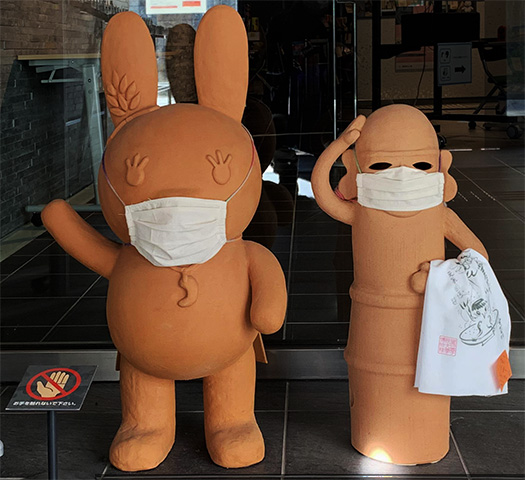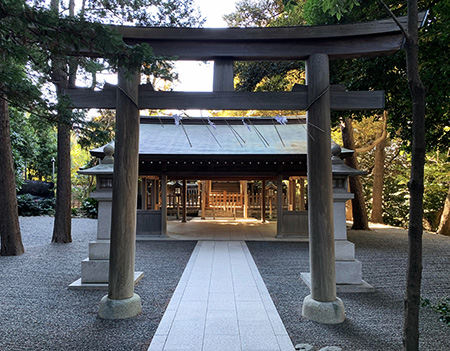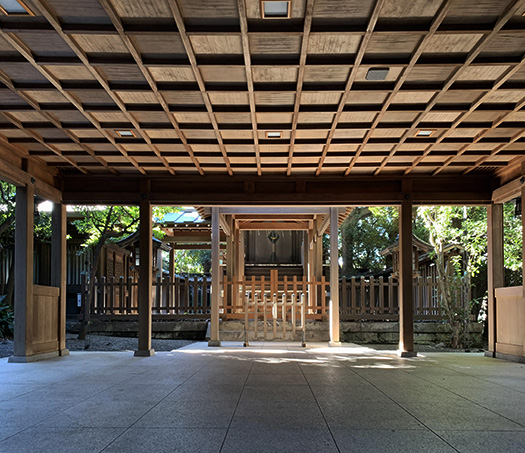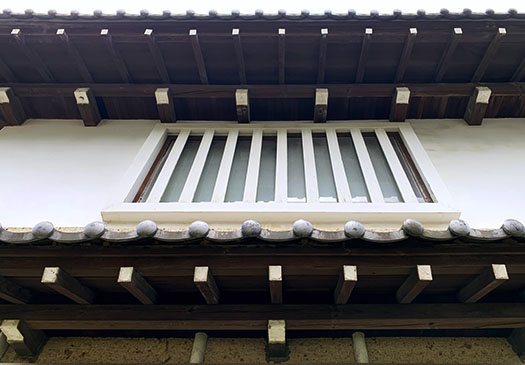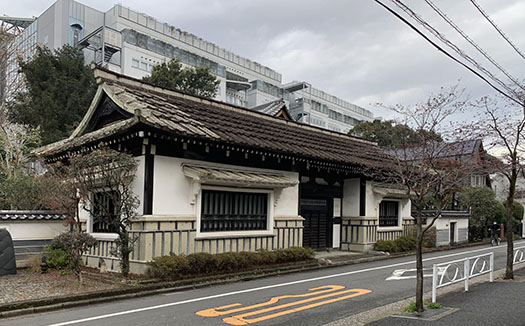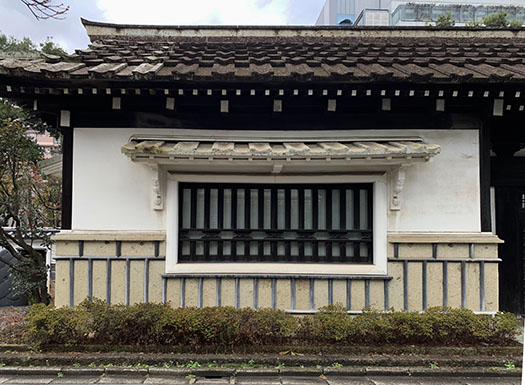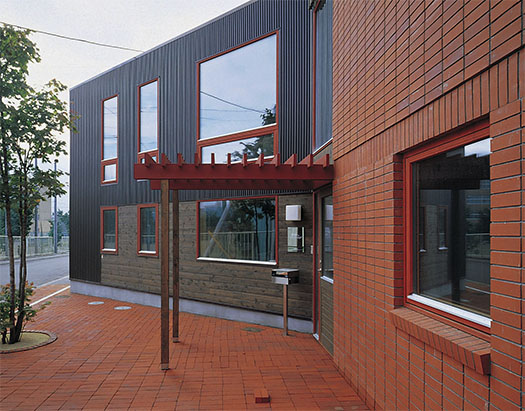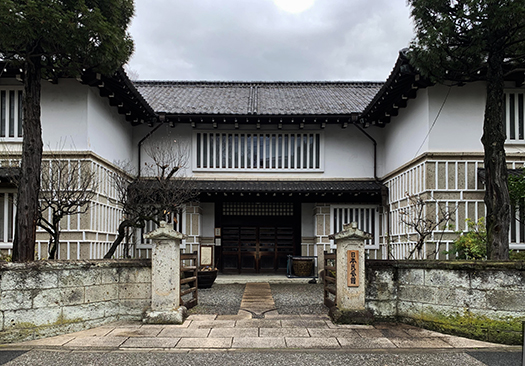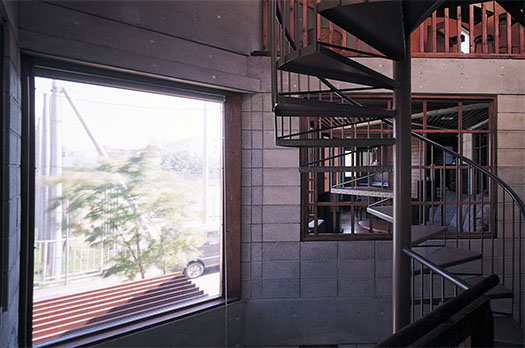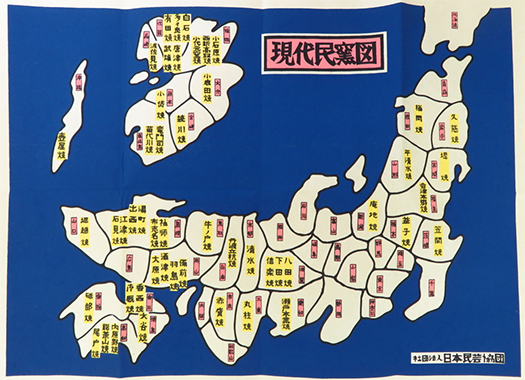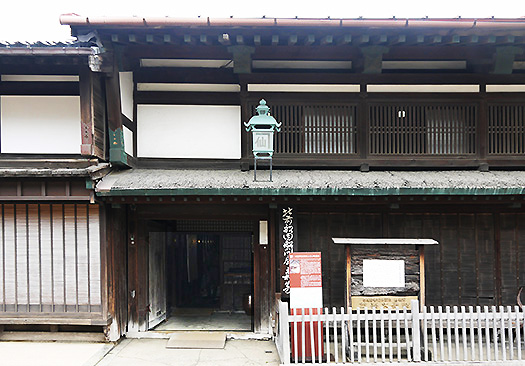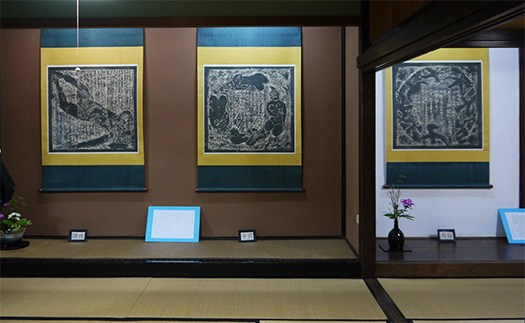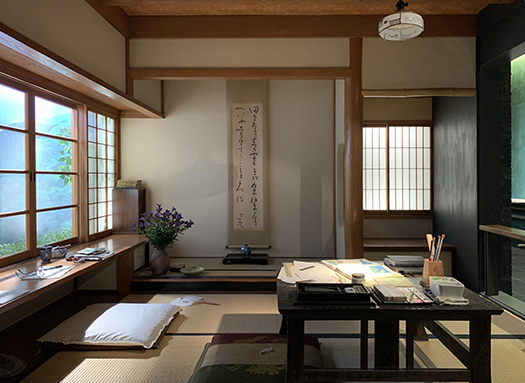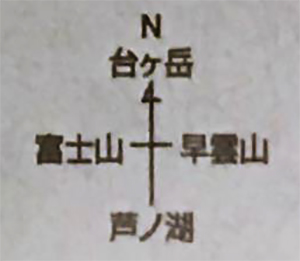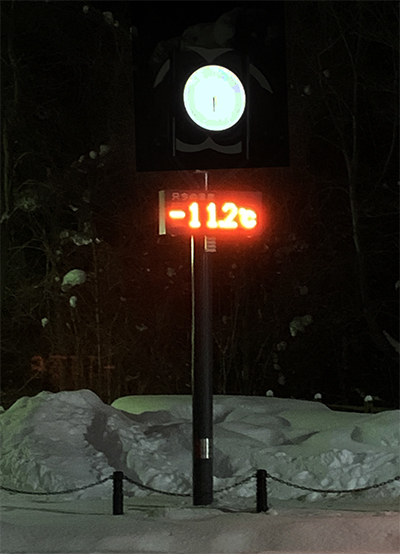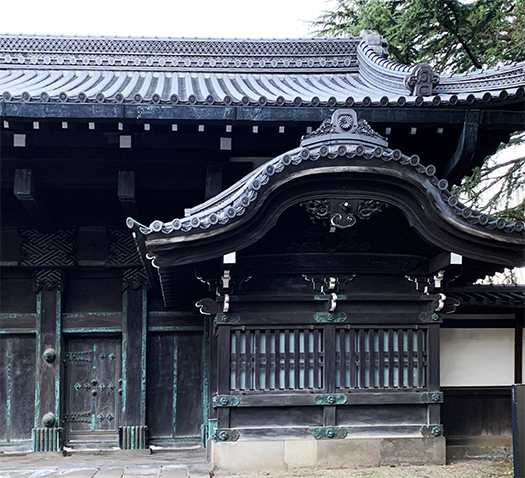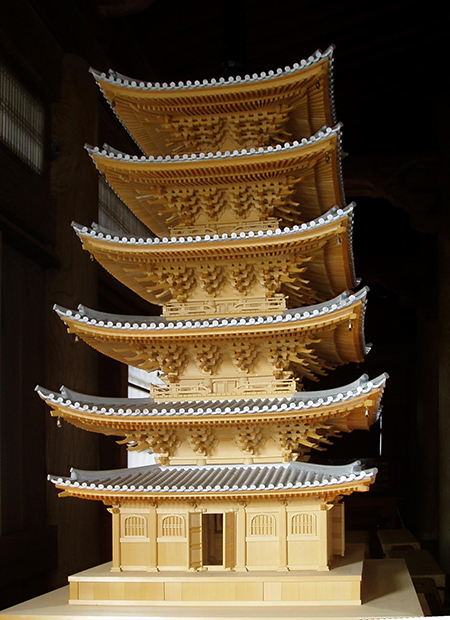
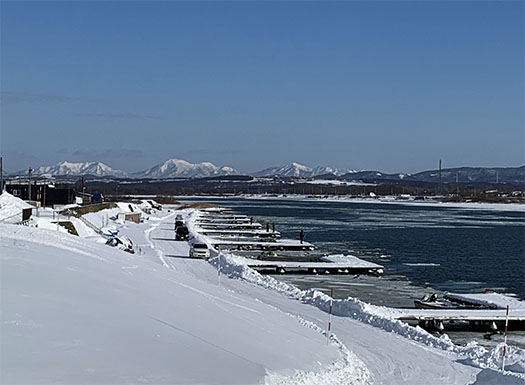
今年の正月カレンダーは休日としてはやや少なめで、あしたからは仕事日。
1−2日が土日に当たってしまったので、帯に短しタスキに長し。
ということで家で過ごすという人が多いように思います。
ただし来週月曜10日が休日なのでどうなんでしょうか、
キッパリハッキリとした休日日程というよりもダラダラ気味か(笑)。
ということでわたしも年末からきょうまで家でノンビリ。
食事の用意支度を中心に考えるモードで過ごしております。
年末買い出ししておいた食材をどうやって料理するか
タイはかなりカタチは変形したけれどなんとか捌いて
「味はさすがにタイだ」という褒め言葉を子どもたちからもらった(笑)。
美味しかったんだから、もうちょっと言い方があるのではとも思ったけれど、
削り残しのウロコが飛び込んで混じったりで、まぁそんなものでしょう。
食のことだけに関心を集中させていると
ほかの人生のことがらが忘却されて頭が空白領域に支配される。
いわば「ボーッ」とした状態。
これがきっと最高の気分、心理効果なのでしょうね。
食事を作って食べて、満腹してそのあとうたた寝して
目覚めると今度は「次、なに食べようか」と考え始める。
まことに原始の人間生活サイクルが彷彿としてくる。
きっとはるかなご先祖さまたちはこのライフサイクルのなかから
ちょっとずつ工夫して行ったのでしょうね。
「モチばっかりだとちょっとおなかに良くないから次、麺類かなぁ」
というような単純思考サイクルの中にどっぷり留まっている。
その合間にちょっとした雪かき運動とか、温泉入浴が点景をつくる。
本当に貴重な「ボーッ」とした状態。
なんですが、さすがに思考が徐々に仕事に復帰、再起動の準備へ。
この「ボーッ」とした状態から復元させてくると
不思議に見え方がちょっとひと味違ってくる部分がある。
でもやがて、本格的に復帰してくると元通の地点に戻っていく。
その定点への忘却と回帰の合間の意味合いは、でもやはりある。
なんというか、これこそリフレッシュなのでしょう。
写真は休暇中の札幌周辺の季節風景であります。
札幌はすっかり例年通りの雪景色。
白く地面が覆われてくると安心感という「あたたかさ」を感じる。
雪はそれ以上の凍結から冬中地面を守っていてくれる。
いわば雪の断熱性能。
冬至も過ぎこれから春に向かって陽射しの時間も伸びていく。
ことしも徐々に再起動させて行きたいと思います。
って、まだまだ正月ボケ気味のブログで申し訳ありません。
English version⬇
[Restart from blank] Valuable New Year holiday blur]
This year’s New Year’s calendar is a little small as a holiday, and it’s a work day from tomorrow.
1-2 days hit Saturday and Sunday, so I made it short on the obi and long on the sash.
So I think many people spend their time at home.
However, what about because next Monday 10th is a holiday?
It’s more like a sloppy holiday than a clear holiday schedule (laughs).
That’s why I’m at home from the end of the year to today.
I am spending time in a mode that focuses on preparing meals.
How to cook the ingredients that you bought at the end of the year
The shape of Thailand has changed considerably, but I managed to handle it.
I got a compliment from the children that “the taste is really Thai” (laughs).
It was delicious, so I thought there was a little more to say,
Uncut scales jump in and mix, so that’s probably the case.
If you focus only on food
Other life things are forgotten and the head is dominated by the blank area.
So to speak, it is in a state of being “dumb”.
This is probably the best mood and psychological effect.
Make and eat a meal, get full and then nap
When I wake up, I start thinking “what should I eat next?”
Indeed, the primitive human life cycle is reminiscent of it.
I’m sure far-reaching ancestors are from this life cycle
I think I did it little by little.
“If it’s just mochi, it’s a little bad for my stomach, so I wonder if it’s noodles next.”
I’m stuck in a simple thinking cycle like that.
In the meantime, a little snow shoveling exercise or hot spring bathing creates a scenic spot.
A really valuable “dumb” state.
However, as expected, my thoughts gradually returned to work, and I was preparing for a restart.
If you restore from this “dumb” state
There is a part that looks strangely different.
However, when it returns in earnest, it will return to the original point.
The implications between forgetting to that fixed point and returning are still there.
I wonder if this is refreshing.
The photo shows the seasonal scenery around Sapporo during the holidays.
Sapporo is a snowy landscape as usual.
When the ground is covered with white, you can feel the “warmth” of security.
Snow protects the ground from further freezing during the winter.
So to speak, the heat insulation performance of snow.
The winter solstice has passed and the time of sunshine will increase toward spring.
I would like to restart it gradually.
I’m sorry for the blog that is still out of focus on New Year’s Day.
Posted on 1月 3rd, 2022 by 三木 奎吾
Filed under: こちら発行人です | No Comments »


